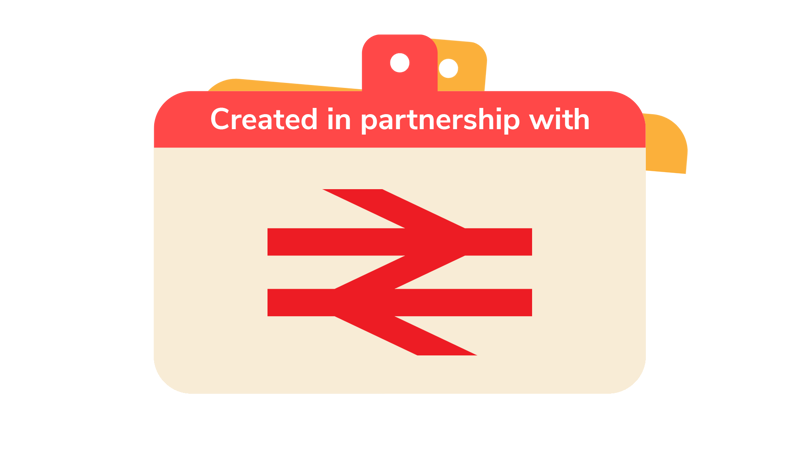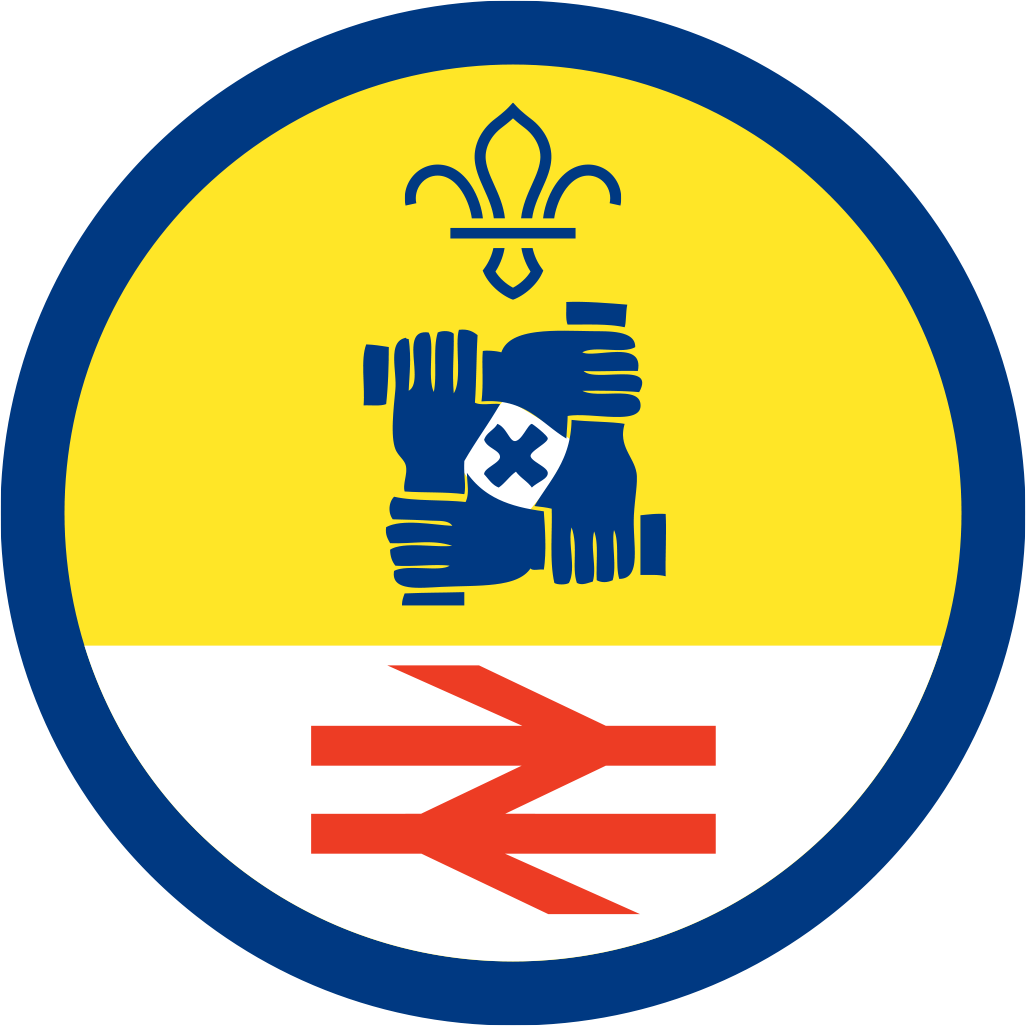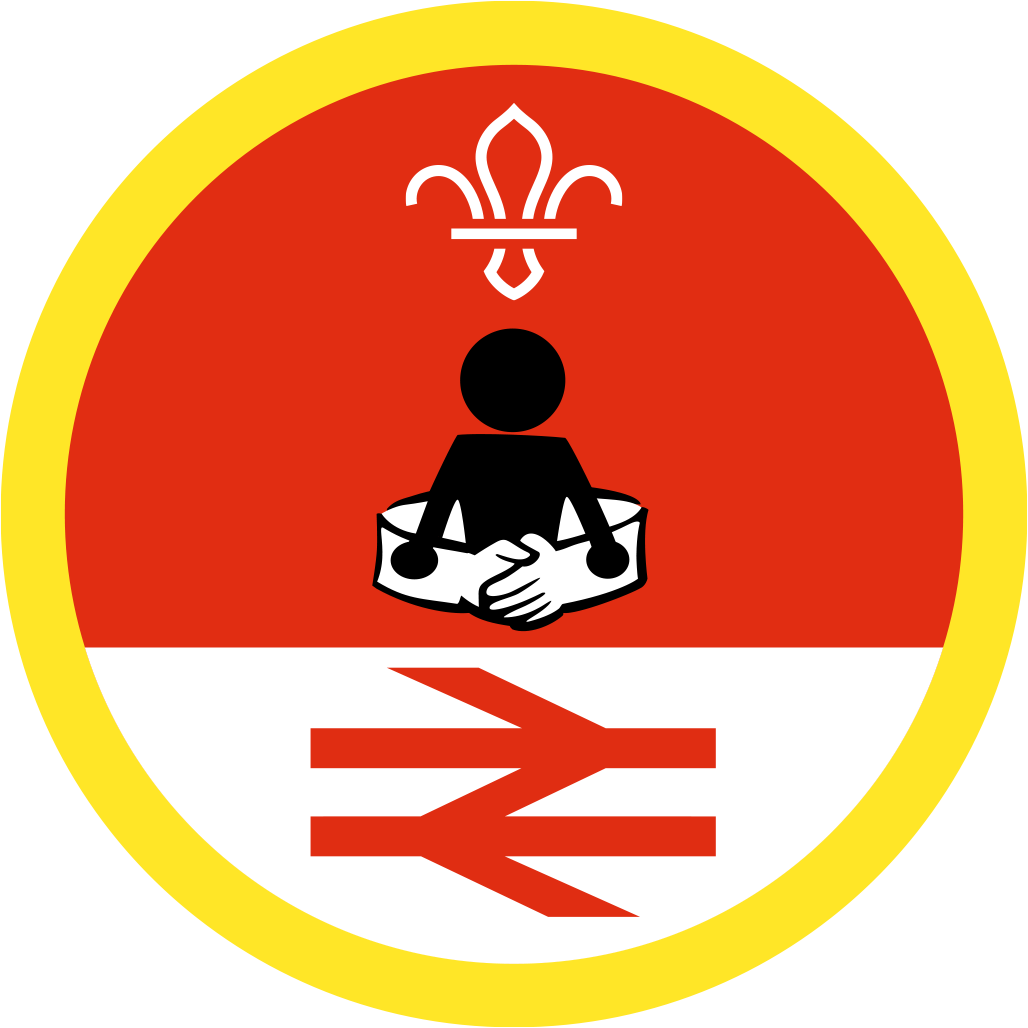
Try a railway safety quiz
You’ll need
- A copy of the questions
- The ‘a’, ‘b’, and ‘c’ labels
- Masking tape or sticky tack
Before you begin
- Use the safety checklist to help you plan and risk assess your activity. There's also more guidance to help you carry out your risk assessment, including examples. Don’t forget to make sure all young people and adults involved in the activity know how to take part safely.
- Make sure you’ll have enough adult helpers. You may need some parents and carers to help if you’re short on helpers.
Setting up this activity
- If you want this to be an active activity, label three corners of the space with either ‘a’, ‘b’ and ‘c’ to correspond with the three options people will have when answering the questions.
- If you want this to be a calming activity, have the young people sit in a circle and answer by show of hands.
Quiz time!
- Gather the group together in a circle and explain that they'll be doing a short quiz to learn about railway safety.
- Explain that each question will have three options, either ‘a’, ‘b’, and ‘c’.
- Read out a question and give the three possible answers.
- Ask everyone to think the question.
- Once people have decided, they should then move to the ‘a’, ‘b, or ‘c’ corner, depending on which they think is the correct answer. They could also write down their answer, vote for their answer by show of hands, or hold up their answer.
- Once everyone has picked an answer, reveal what the correct answer is.
Reflection
This activity was all about railway safety. Did you know any of these before playing the game?
Learning about rules and how to stay safe while at railway stations or near the tracks is important. Which one surprised you the most?
Now that you know more about railway safety, what actions will you take to keep yourself safe? Will you tell someone about what you learned and how will you do so? What actions will you take if you see others being unsafe?
Safety
All activities must be safely managed. You must complete a thorough risk assessment and take appropriate steps to reduce risk. Use the safety checklist to help you plan and risk assess your activity. Always get approval for the activity, and have suitable supervision and an InTouch process.
- Active games
The game area should be free of hazards. Explain the rules of the game clearly and have a clear way to communicate that the game must stop when needed. Take a look at our guidance on running active games safely.
Ask the questions that feel appropriate for the age and abilities of your group
- Make sure there’s a role for everyone. If anyone doesn’t want to play the game, they can take on another role, such as scorekeeping or reading out the questions.
- People could work in pairs if someone doesn’t want to do the activity independently or if someone may need more support by working together to take part. If someone might struggle with making decisions, their partner could then help them. If needed, let people be in bigger groups to make sure everyone’s supported in taking part in the activity. A young leader could join a group to help people to take part, too.
- People who struggle with making choices could find all the options a bit overwhelming, so they might need extra support. They might want to work with a friend, young leader or volunteer to be able to help to decide.
- Make sure to break information up into smaller 'chunks' so no one feels overwhelmed.
- Take time and have patience while telling everyone what to do. Give short instructions clearly and concisely. If you need to, pause, then repeat the same instruction using the same words. You should allow extra 'thinking' time for some people to process verbal or written information and respond.
- Check for understanding by asking the group questions, such as ‘what do you need to do first?’, or having a practice round of a game. If people are struggling to understand or know what to do, you could let any confident young people help explain to each other what to do.
- For anyone who may not be able to move around your meeting place easily, think about creating response cards for everyone. People can hold the response cards up to show their choice, instead of moving to different parts of your meeting place. If it’s tricky for everyone to hear the feeling being called out while moving around, this game could be played in a circle instead with the cards.
- For anyone who may not be able to hear the instructions or activity, consider printing them a version that they can read at the same time.
- Remember some people, including autistic people, might not look at you while you’re speaking. This doesn’t mean they're not listening. Eye contact can be painful for some people and shouldn't be forced.
- Try to build movement breaks into your activities to help people who may struggling sitting and listening for long periods.
All Scout activities should be inclusive and accessible.
Try some other activities to continue learning about rail safety.
If there’s someone in your group that’s travelled on the train a lot or who has some first-hand stories and would like to share their experiences, you could give them a chance to do so.

